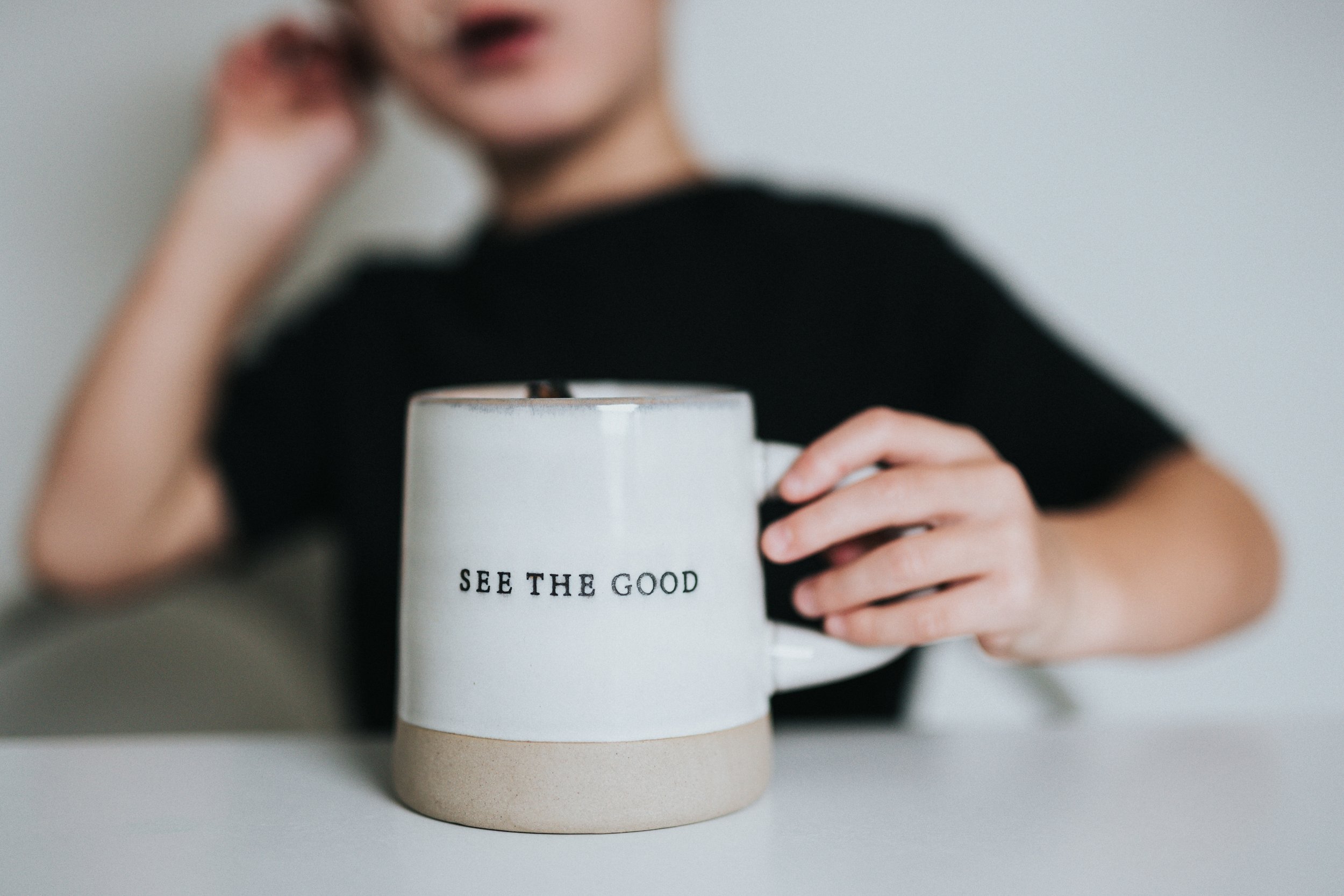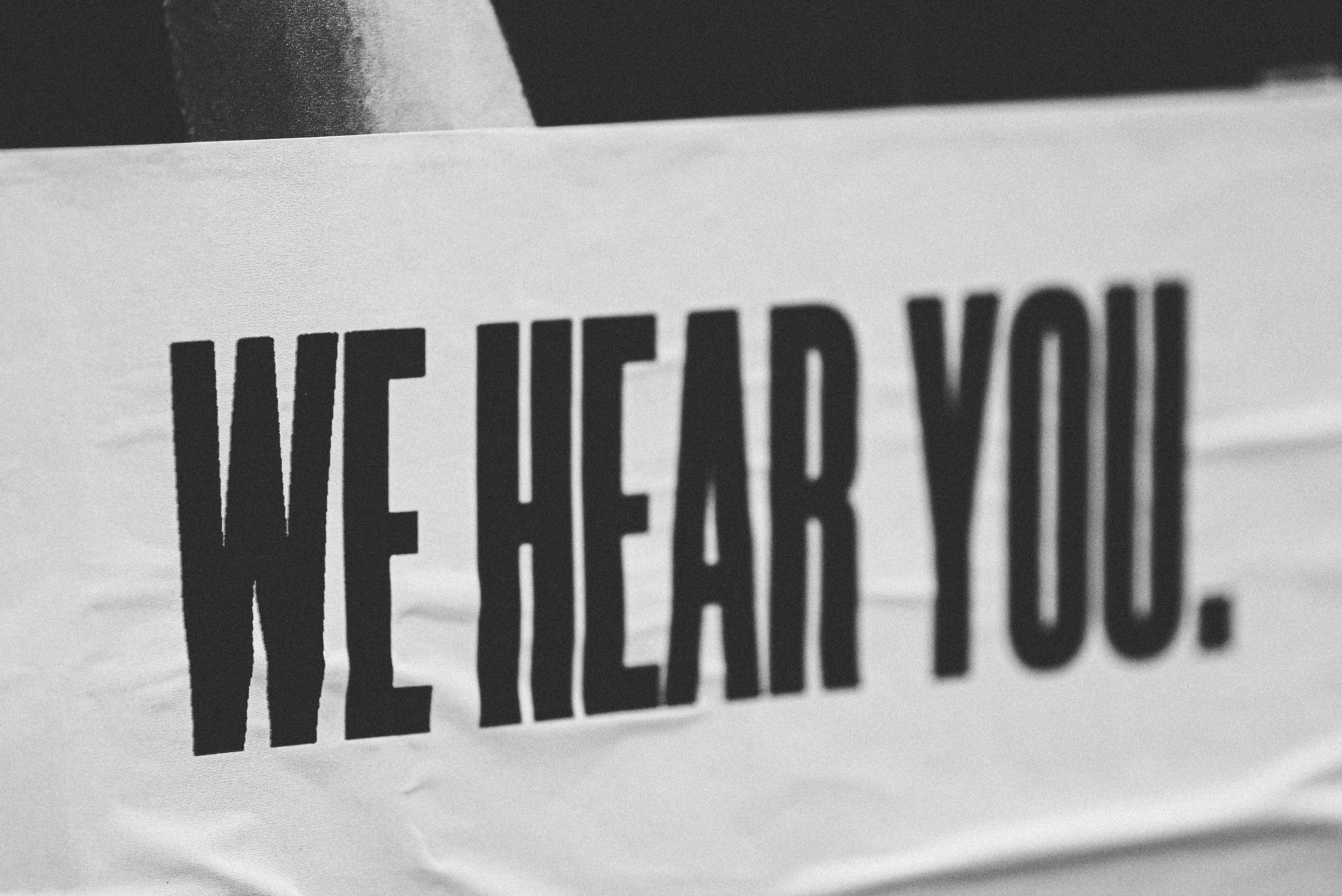Master the art of giving and receiving feedback
“People will forget what you said, people will forget what you did,but people will never forget how you made them feel.” - Maya Angelou
Feedback is one of the most powerful tools any individual possesses to bring about change - but it needs to be done right. Here’s how everyone can give and receive feedback in a way that promotes growth and positivity without tarnishing the relationship.
Where are we now?
Feedback allows people to evaluate themselves and their work, as well as people’s perception of them. This is why regular feedback is essential not just for employees, but for leaders too.
Feedback encourages employees to achieve their goals and understand their strengths and weaknesses so that they are motivated to do better.
Yet giving and receiving feedback is an art as even the best of intentions can easily be misconstrued.
What can you do?
When giving critical feedback, first empathise and understand the other person’s perspective. Ask whether it is necessary to give the feedback now and how it is likely to be perceived by the recipient.
Then check your own intentions. Is the purpose of sharing the feedback truly to help the other person, or is it rooted purely in a need to make yourself heard?
To provide feedback effectively, supply contextual information, such as your intention behind the feedback, and when or where the event occurred. Be specific about what happened, give concrete examples, and then share the impact of the actions before concluding with next steps.
What’s next?
Intention is at the heart of all feedback. When you provide it from a place of real concern, you are more likely to get acceptance. This is similar to the practice of Radical Candor.
As you give feedback, remember to seek it too. Let employees know you value their thoughts as you try to become a better leader for them.
Whether giving feedback on a specific behavior, piece of work or general attitude, putting thought and care into its delivery will make the difference between whether it is received well or poorly. But feedback is instrumental to improvement, so be sure to make both giving and receiving feedback regularly a workplace norm.
Still confused about giving good feedback? Find more help here and here.
Feedback starts with self-awareness. Here’s how to achieve it.
A good leader is an inclusive leader. Here’s how to be one.



